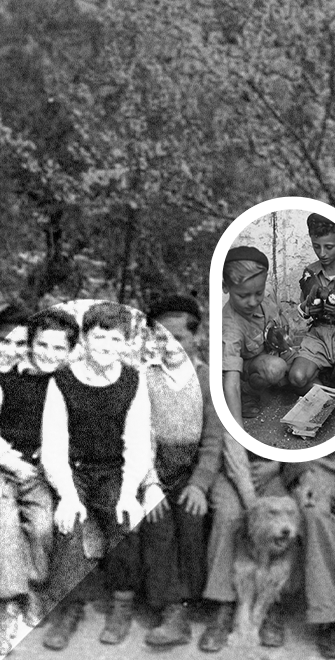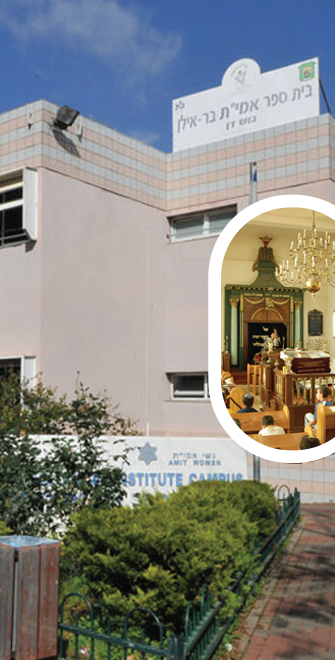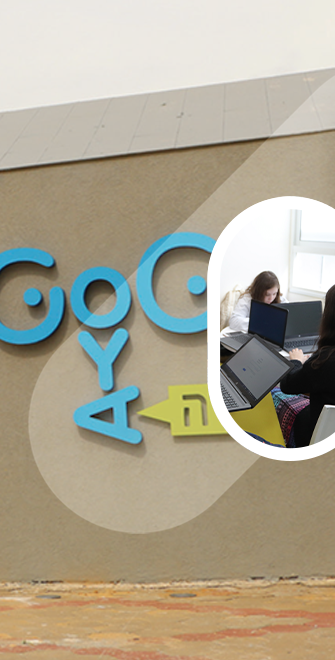
Meaningful Education
in an Ever-Changing World
Creativity, initiative, realizing one’s potential, and excellence are all necessary skills for success in today’s ever-changing world. As Israel’s leading educational network, which strives and succeeds at being an important meeting point and creating dialogue between all sects of Israeli society, AMIT is at the forefront of pedagogical innovation. Our goal is to ensure that our graduates acquire the skills, values, knowledge and tools that will open a world of opportunity to them.
AMIT GogyaPedagogical Innovation
It is time to cast off old-fashioned educational approaches. AMIT Gogya is a revolutionary and groundbreaking approach, developed by the AMIT Network, that adapts educational content, methods, learning styles, and physical environments to a dynamic and rapidly changing world, and to the needs of the young generation who will be charged with conquering and bettering this world. Gogya is the all-encompassing educational-pedagogical approach that underlies AMIT’s values, principles of action, and goals. The Gogya concept is an engine for the implementation of holistic pedagogical change that transforms the classic schools we are all familiar with into educational learning communities.
AMIT’s Entrepreneurship Academy
Read MoreAMIT’s Entrepreneurship Academy was established through an understanding that entrepreneurship is not a theoretical subject, but rather a method of thinking and operating, as well as a way of life. Developing entrepreneurial abilities helps students acquire a wide array of life skills and practical tools that are necessary for their future success in a world of uncertainty and constant change. The Entrepreneurship Academy’s content and learning tracks are based on leading knowledge and practices in the global field of entrepreneurship.
The Academy provides students with skills and tools to develop creativity, independent thinking, goal-setting and implementation, through work on real-life projects in collaboration with tech companies and with the mentorship of leading professionals in the field of global entrepreneurship.
Read More >
Building Bridges in Israeli Society
At AMIT, we believe that we have an obligation and national responsibility to create connections and build bridges between all parts of Israeli society. Since AMIT’s establishment 95 years ago, the Network has placed questions of identity and values-based education at its core. AMIT’s “Klal Yisrael” approach is both a value and a way of life. AMIT fosters partnerships, dialogue and affinity between different groups within Israeli society, and within the larger Jewish world as well. AMIT believes that what we have in common is much greater than that which divides us, and that common denominators, respect and openness are indispensable to upholding a strong commitment to the resilience of the State of Israel.

















